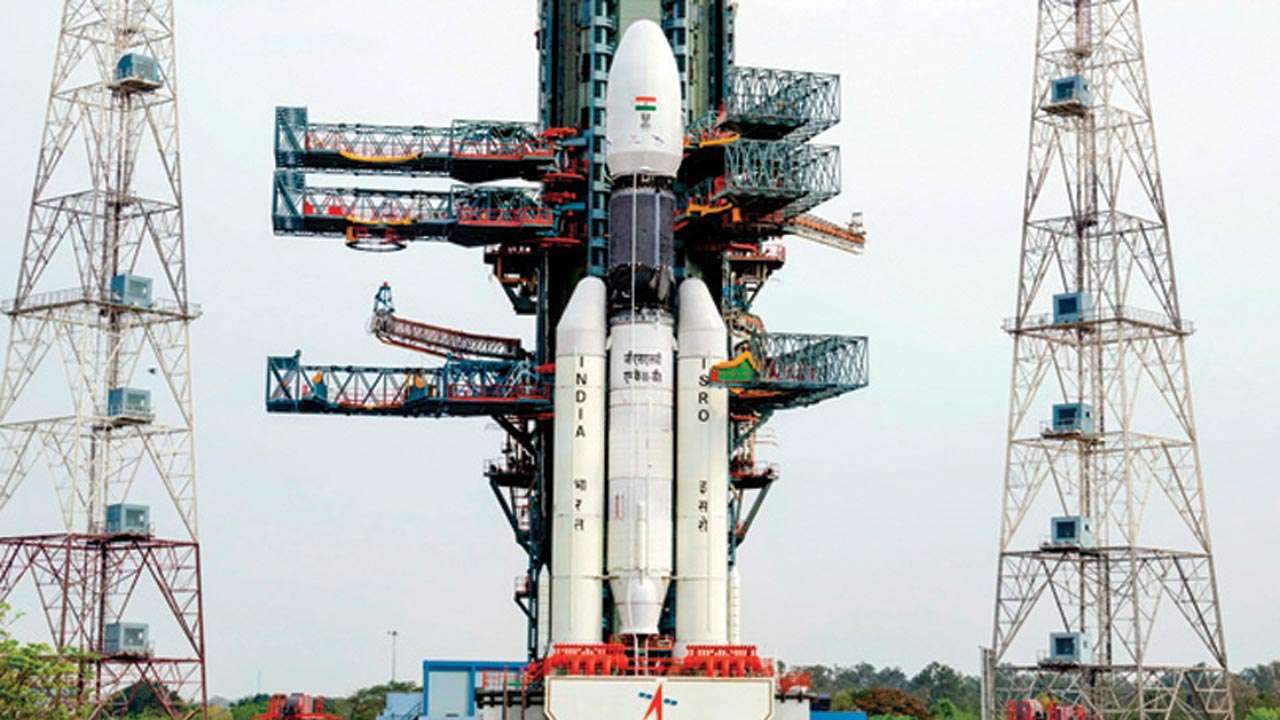
India has cast a bold, new aspiration in space, one that requires coordination between various entities with a firm grip on critical technologies and programme management. After decades of independence and establishing space research in the country, the country has decided to launch a manned mission by 2022. The mission is truly a national effort and will improve the country’s scientific potential, not to mention the positive impact on technical education. India will be the fourth country to achieve such a feat joining an exclusive club of United States, Russia and China.
In fact, when the United States and the then Soviet Union were racing for technological superiority by launching manned space missions, Vikram Sarabhai urged India to resist such temptations and concentrate on the societal applications of space. Human spaceflight continued to elude India since then but with occasional musings about it. The geopolitical situation of the 1970s compelled India to accept the Soviet Union’s offer to launch an Indian astronaut – Rakesh Sharma to its space station.
There have been arguments for and against India committing itself to a manned mission based on technology spinoffs and societal challenges respectively. However, the space for these deliberations is constricted now with the formal announcement of the mission by India’s prime minister.
The mission set for the country now is to launch Indian astronauts from Indian soil using indigenously developed technologies, which ISRO assures is in place already.
The task of launching the manned spacecraft into the desired orbit between 300-400 km falls on GSLV Mark III, India’s heaviest launch vehicle so far. The GSLV Mk-III which will be upgraded to include a semi-cryogenic engine to increase its payload capacity needs to be human rated for this mission. Before that, its overall credibility has to be improved by launching various satellites including the Chandrayaan-2 in 2019 and demo fights for the manned mission.
It is to be fitted with a crew escape system that whisks away the crew module in case of rocket failure. A pad abort test was conducted recently to test this capability. The crew module was also tested for its structural integrity a few years back which will be fitted with life support systems.
The initial mission requires the crew module to support three astronauts for a week in orbit. This will be a critical aspect as the astronauts can experience high levels of stress because of restricted movement in a small vessel while whizzing around the Earth at a high speed. The training process too is laden with high risks and therefore the initial missions will see experienced Indian Air Force pilots flying into space likewise Rakesh Sharma. The astronaut training could be obtained from the US or Russia which have well developed centres for the purpose and decades long experience. In fact, the US showed interest earlier in launching Indian astronauts as well as assisting ISRO with India’s human spaceflight programme.
Nevertheless, the US is still a valuable partner for this mission as India requires 24/7 situational awareness and communication with the manned spacecraft. The US possesses space tracking sensors spread around the globe that will be helpful in navigating the manned spacecraft in orbit filled with satellites and debris. Europe (especially France) and Russia are also welcoming partners for India’s manned mission.
But for the question on societal benefits and careful mission management, private industry participation is the key. ISRO has been partnering with the industry for making rocket components and engines. It handheld a private industry consortium for Assembly, Integration and Testing activities. This
consortium and two other partners were contracted recently to produce a total of 21 satellites in three years to cope with the rising demand. While industry participation is expected before the launch, the creation of products and technologies (spinoffs) based on data from the manned mission determines the extent to which the project has made economic sense.
ISRO will be submitting a project report with a budget request of Rs. 10,000 crore. The shape of the programme to come, spinoffs and continuity projects will have to be discussed. The project is expected to create at least 15,000 jobs. These are not necessarily new vacancies but upgrading the existing positions as the space agency gives out satellite and PSLV contracts to the private industry. Indeed, former ISRO Chairman A.S. Kiran Kumar has noted that privatization will help relieve ISRO personnel to work on new projects.
The manned mission will undergird the significant changes occurring at ISRO as it move towards newer technologies while privatising the existing, proven technologies. The budget and tight schedule allocated for the manned mission requires retaining the high skilled personnel and reorient them for the official mission. All these processes will be occurring simultaneously requiring high quality management. ISRO is given the political support it has been seeking for a few years to break through the routine with a new vision. What comes after the mission, how will the human spaceflight programme be expanded in the decades to come and India’s impact on international space affairs remains to be observed.
The writer is an Associate Fellow in the Nuclear and Space Policy Initiative of Observer Research Foundation, New Delhi. Views are personal